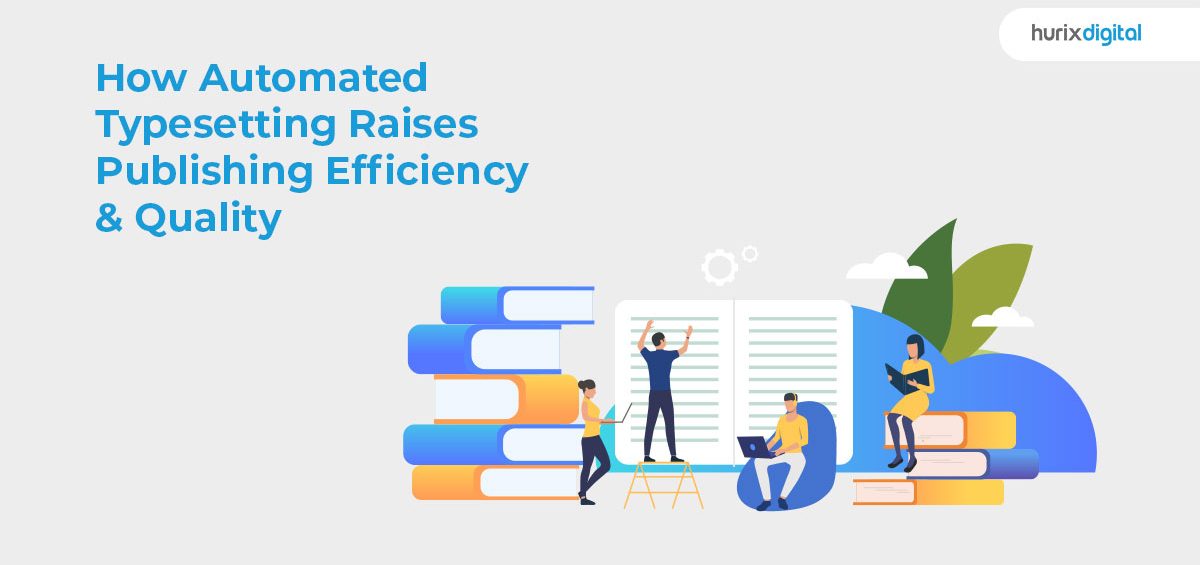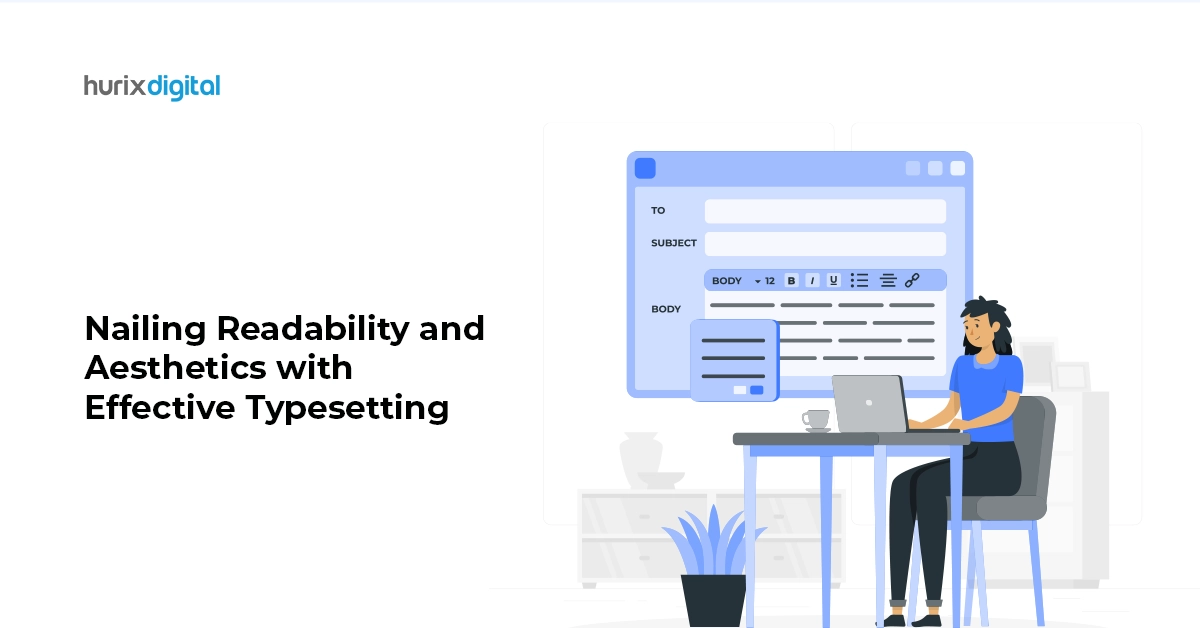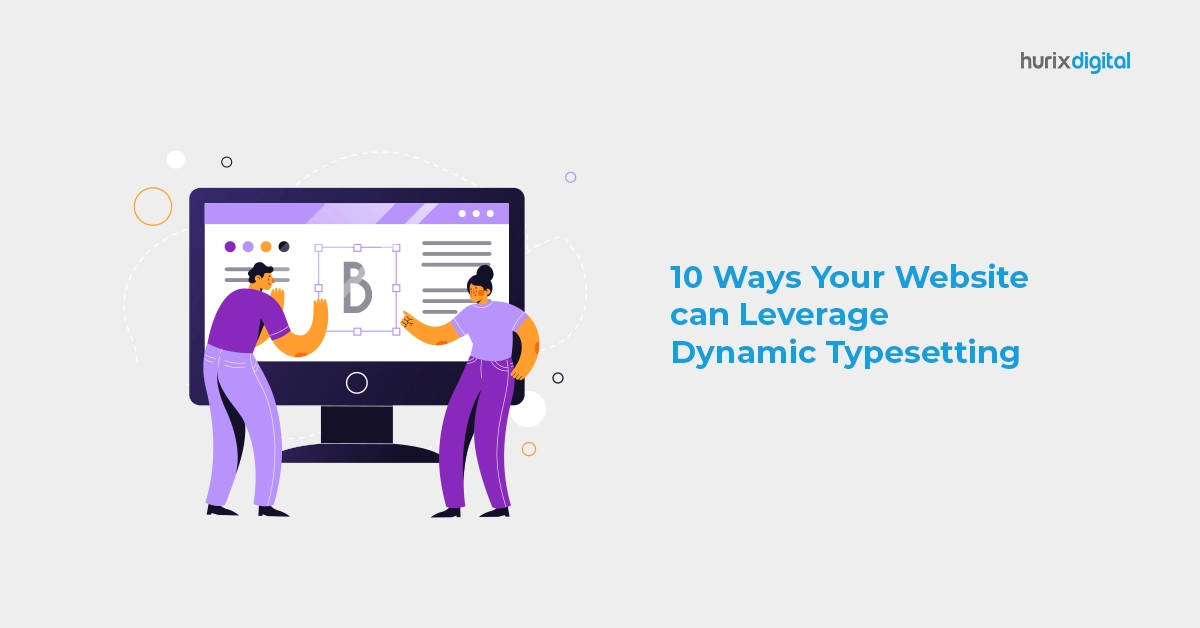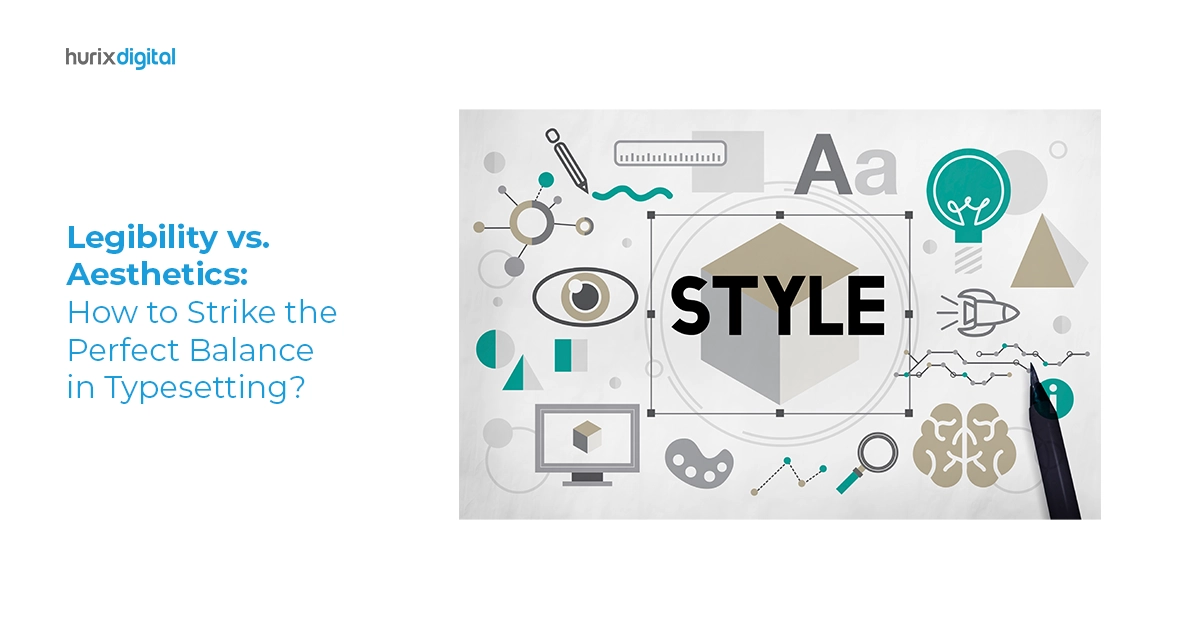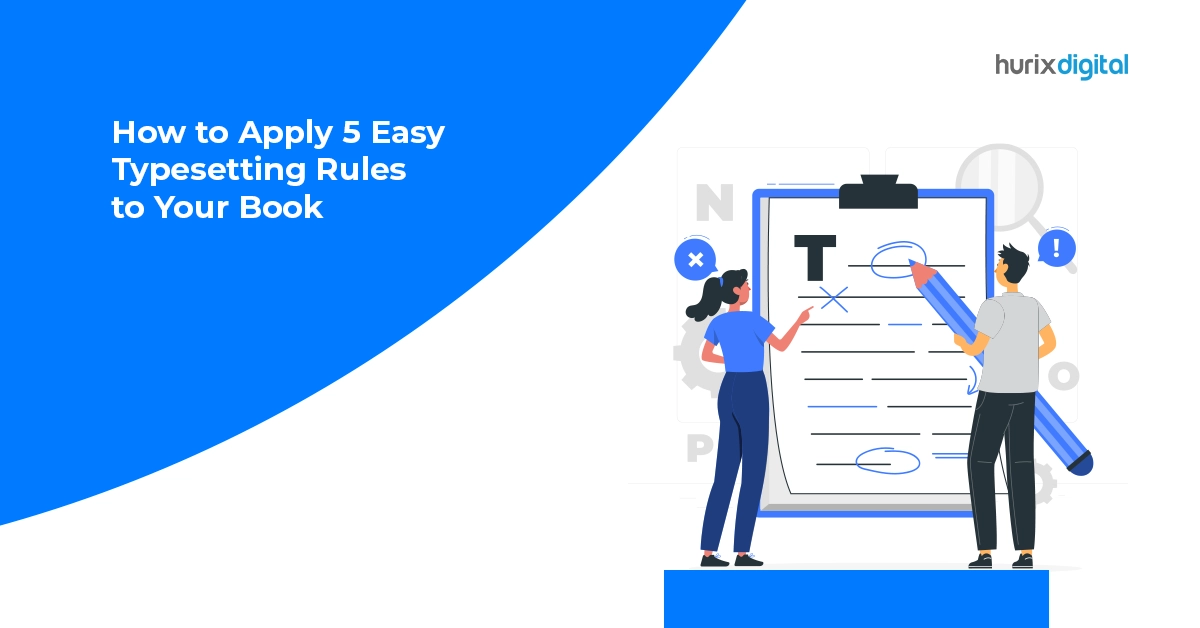Summary
This blog provides an overview of the role of automated typesetting tools in the publishing workflow. It also highlights the challenges and solutions that businesses can use to overcome them.
The world of publishing and books has evolved tremendously over the last decade. While there has been a decline in print publishing, several businesses are shifting to digital publishing.
There is a significant growth of segments such as eBooks, eTextbooks, scientific journals, slideshows, and book content used for branding purposes. The global digital publishing market, valued at $170.24 billion in 2021, is expected to grow to $367.19 billion by 2030.
To stay competitive, publishers must expedite the publishing workflow and go to market faster. This is where technology can help raise the overall standard of products and give them a competitive edge.
In this blog, we deconstruct the role of automated typesetting tools in helping publishers bring more consistency, accuracy, and higher production values to their products.
Table of Contents
- What is a typesetter?
- What are Automated Typesetting Tools?
- Six Top Features of Superior Automated Software
- Final Thoughts
What is a typesetter?
Today companies publish a wide range of content – from branded eBooks to educational content, audiobooks and journals, whitepapers, slideshows, and research. Publishing content requires organization and design. So, before we get into the details of automated typesetting tools, we answer a basic question – what is a typesetter?
A typesetter is used to simplify the typesetting process, a key step in the publishing workflow. Typesetting tools help publishers and designers develop a format for the content. This comprises decisions on how the text, images, and other types of content will be laid out to make it easy to consume.
Typesetting gets more complex based on the complexity of the content. For instance, scientific journals that have complex formulae require more effort. Traditionally, typesetting has been a labor-intensive, cumbersome process that requires extensive manual effort.
However, the adoption of automated typesetting tools is creating a paradigm shift.
Also Read: Automating Multilingual Typesetting: Challenges and Solutions
What are Automated Typesetting Tools?
Automated typesetting software is a cloud-based Interface powered by Artificial Intelligence (AI), Machine Learning (ML), and automation. This tool automates several repetitive activities which are involved in the typesetting process. However, the value of such tools goes much beyond this.
Automated typesetting companies are bringing out software with several features that enhance collaboration, boost quality, and enable creators to raise the standard of the final output. The demand for such tools is expected to rise due to the adoption of digital solutions.
For instance, the K-12 Education Market is projected to grow to approximately $6 billion by 2028. This is only possible by making the shift to eTextbooks, which requires the use of cutting-edge automated typesetting tools.
Six Top Features of Superior Automated Software
Here’s a snapshot of the top features that an automated typesetting tool brings to the table:
1. Brings consistency to the product
One of the powers of automation is that it enables more consistency across any product. An automated typesetting tool reduces the need for manual interventions for repetitive tasks.
For instance, if several pages of a scientific term have the same format, designers do not need to invest manual effort in formatting each page. The tool automates the formatting of all similar pages in one shot, bringing consistency across the product.
2. Reduces errors, enhances accuracy
The automated formatting of books enables publishers to ensure more accuracy across the product. Errors and inconsistencies are highlighted by the software across all pages.
The effort invested in aspects such as proofreading is also reduced. If a particular section, such as a table of contents, is missing, the software flags it.
3. Greater version control
Another valuable feature is that changes made offline also get saved. Production teams also have access to version control, which enables them to trace inconsistencies from the root.
This is especially useful when several team members simultaneously work on the product. Such functionalities add value and simplify and expedite the production process.
4. Boosts the quality of the product
Superior tools such as LaTeX typesetting software come with many pre-existing templates. So, rather than starting from scratch, designers can access a ready-made canvas that can be further customized. This approach saves time.
Ready-made templates are available for a wide range of content types, such as table of content, citations, formulae, citations, and references. Books can also be designed in multiple languages, a feature that helps break language barriers in the publishing world.
5. Makes collaboration seamless
One of the key challenges in a publishing setup is that multiple stakeholders are involved in the process. These include editors, designers, and authors, to name a few. Hence, every time a change is made, it needs approval from various stakeholders. Traditionally, drafts had to be shared via email, and changes had to be made based on feedback.
However, automated typesetting software enables seamless collaboration among team members, regardless of their geographical locations. With all versions saved in the cloud and real-time editing capabilities, team members can work together effectively, irrespective of where they are based.
Another great feature is that tools such as LaTeX typesetting are platform-independent and can be used across various devices, further streamlining the process.
6. Speeds up the production cycle
With all these features coming together on one unified interface, it’s not surprising that production cycles get expedited. The project evolves quickly as changes get made and approved in real-time. Hence, businesses can take their product to market faster and more efficiently, thus gaining a competitive edge.
Also Read: AI-Powered Copyediting: Redefining the Editor’s Role
Final Thoughts
Today, consumer expectations and consumption patterns have greatly shifted. Consumers expect higher quality, more interactivity, and superior aesthetic value in the books they consume.
This is where the in-house adoption of automated book typesetting tools can help businesses raise their quality. Alternatively, they can outsource their professional typesetting needs to a digital publishing technology specialist.
If your company wants to reimagine its publishing outcomes completely, Hurix Digital is geared to support you with innovative typesetting software.
Get in touch with us to start a conversation.


